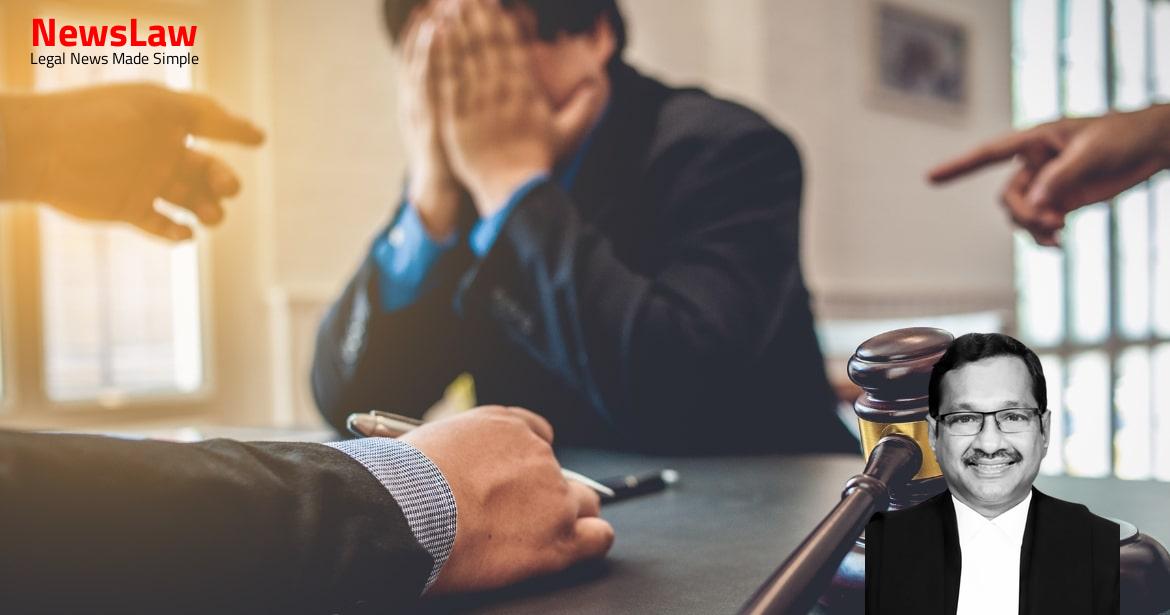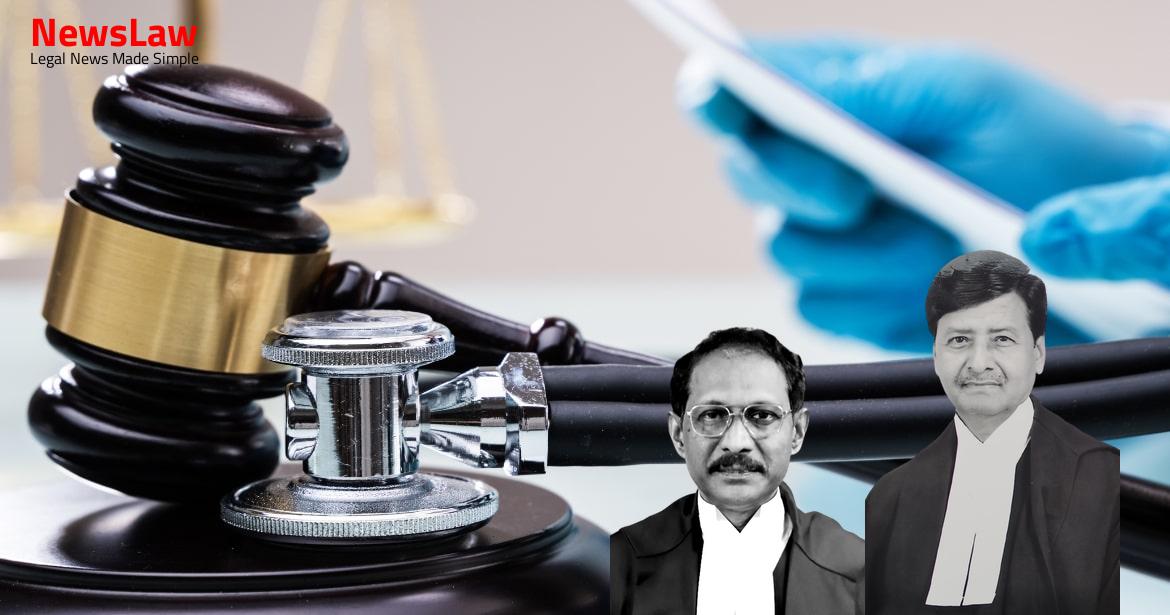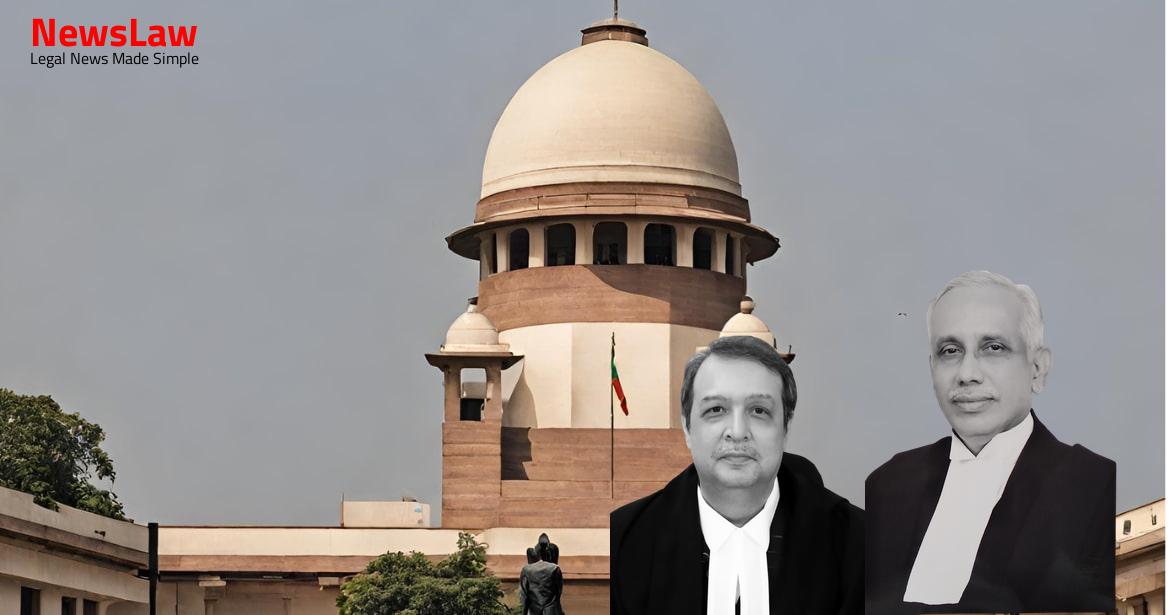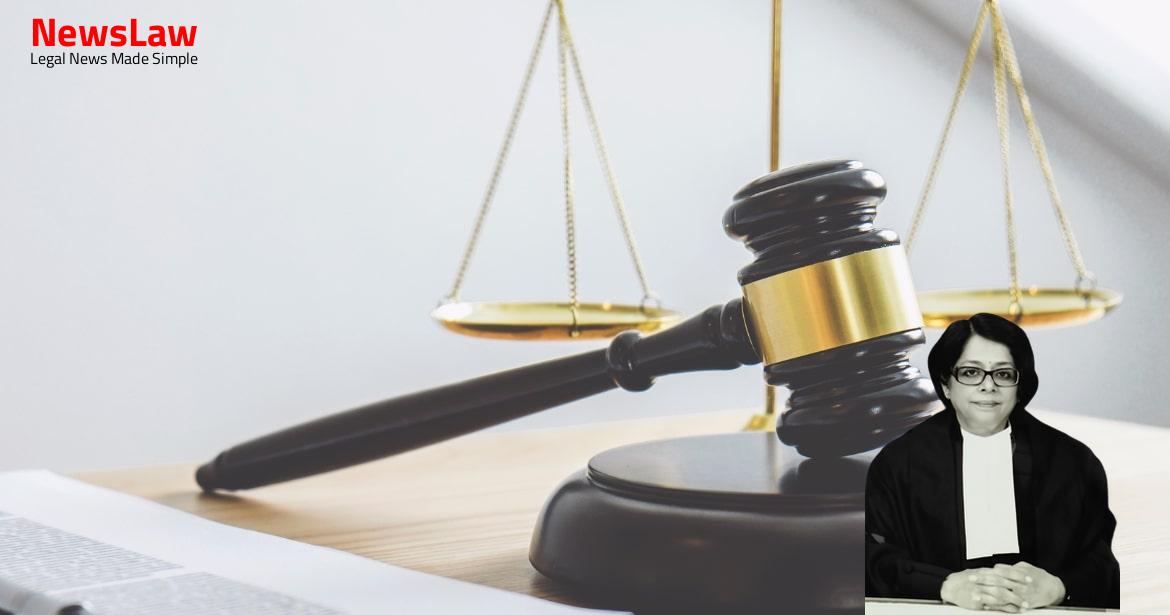The first information was recorded by P.W.20, the Police Officer, who also conducted the investigation, from one of the deceased, Hukum Singh, who subsequently died on 28.07.1992. The Dehati Nalishi further proceeded to state that when he along with the other deceased Kishori Kachi and the eye witness P.W.12, Hakim Singh, went out to attend the nature ’s call, the accused persons armed with weapons, including truncheon and axe, attacked them indiscriminately. However, the High Court, while confirming the life imprisonment for the death of the deceased Kishori Kachi, modified the same qua the deceased Hukum Singh, to one punishable under Section 304 Part II IPC. Before the Trial Court, the prosecution examined 21 witnesses, out of which 6 of them were eye witnesses. One eye witness, Bhogiram, died during the pendency of the proceedings, and hence not examined as a witness. It was her further evidence that the accused persons present in the Court cannot be named. The above deposition of P.W.4 is intrinsically contrary to the very case projected by the prosecution starting from the alleged dying declaration of the deceased, Hukum Singh. Strangely, he has not lodged any report of the incident, though his statement is stated to be recorded as per the prosecution version. This witness again makes a clear statement that on the date of incident there were about 50 to 100 persons on the side of the accused.
Even during his chief-examination, he deposed that he returned with the police personnel to the place of occurrence around 3.00 to 4.00 p.m., which is again a contra-statement to the case of the prosecution. This witness found both the deceased and the injured witness in an unconscious state when the police party reached the place of occurrence. With his evidence there are three first information reports. Though, he has allegedly recorded the statement of Hukum Singh, P.W.12 (Hakim Singh), Bhogiram and P.W.18 (Bhaggo Bai), he did not mention the date and time, except with respect to the statement of the deceased Hukum Singh, which appears to be rather strange, giving credence to the contention that either they have been recorded at a different point of time or that there was no statement from Hukum 9 Singh.
Also Read: https://newslaw.in/case-type/civil/remand-of-writ-petition-for-restoration-and-decision-on-merits/
Though a report of the investigating officer would constitute an opinion, the very case of the prosecution that it is he who recorded the statement of the deceased taken in the form of the first information report creates a very serious doubt. No witness has spoken about recording of Dehati Nalishi, as deposed by P.W.20. State of Assam (2006) 3 SCC 752 (paragraph 12); Debashish Daw and Others v. State of West Bengal, (2010) 9 SCC 111 ( paragraph 25); Manoj Kumar Sharma and Others v. State of Rajasthan, 2005 SCC (Cri) 1050 : (2005) 5 SCC 272 12 SUBMISSIONS OF THE RESPONDENT: 27. Even on the recording of the statement of the deceased Hukum Singh, P.W.20, the Investigating Officer was not very clear. State of A.P., (2014) 12 SCC 261 : (2014) 6 SCC (cri) 673, the Court was of the view that the non- treatment of statements of injured witnesses as the first information cast doubt on the prosecution version. The suppression of the actual FIR, coupled with the conflicting versions of the so-called eye witnesses relating to different scenes of offence and different stories collectively would reveal that the prosecution wanted to suppress and has suppressed the real incident and culpability of real culprits.
Whenever a homicide happens, an investigating officer is expected to cover all the aspects and, in the process, shall always keep in mind as to whether the offence would come under Section 299 IPC sans Section 300 IPC. While dealing with a defective investigation, a court of law is expected to sift the evidence available and find out the truth on the principle that every case involves a journey towards truth. In this case at hand, we cannot close our eyes to what has happened; regardless of guilt or the asserted persuasiveness of the evidence, the 15 aspect wherein the police has actively connived to suppress the facts, cannot be ignored or overlooked.”
Suppressing the motive, injuries and other existing factors which will have the effect of modifying or altering the charge would amount to a perfunctory investigation and, therefore, become a false narrative. The said principle of law has been dealt with by this court in Anand Ramachandra Chougule v. An accused is not required to establish or prove his defence beyond all reasonable doubt, unlike the prosecution.
It is rather strange as a thumb impression would normally follow the statement; it has to find place at the conclusion of the statement. From the above analysis, we are not inclined to treat the so-called statement as the one actually given by the deceased to P.W.20. The irresistible conclusion which we 18 have arrived at already, is that the deceased was not in a state of consciousness fit enough to make a statement, and that is the reason why the thumb impression was obtained subsequently, and thereafter a statement was created.
Investigating officers are naturally interested in the success of the investigation and the practice of the investigating officer himself recording a dying declaration during the course of investigation ought not to be encouraged. Though a test identification parade is not a substantive piece of evidence, at times, it adds strength to the case of the prosecution by giving more credibility to the statements of the eye witnesses which we find as grossly lacking.
First, to enable the witnesses to satisfy themselves that the accused whom they suspect is really the one who was seen by them in connection with the crime. State of U.P., (1971) 2 SCC 75, para 17 : 1971 SCC (Cri) 391] ; Mulla v. State of U.P., (2010) 3 SCC 508, paras 41 & 43 : (2010) 2 SCC (Cri) 1150] and C. State of T.N., (2010) 9 SCC 567, para 42 : (2010) 3 SCC (Cri) 1402] ).
Also Read: https://newslaw.in/case-type/criminal/presumption-of-genuine-endorsements-in-cheque-case/
Lekh Raj, (2000) 1 SCC 247, para 3 : 2000 SCC (Cri) 147] and C. State of T.N., (2010) 9 SCC 567, para 42 : (2010) 3 SCC (Cri) 1402] ).
In the case on hand, we find that it would be unsafe to implicate the accused persons under Section 149 IPC which obviously deals with an element of vicarious liability, as held by this Court in Arvind Kumar (supra), 21 “ Scope of Section 149 50. Therefore, though it is committed by one, a deeming fiction is created by making it applicable to the others as well due to the commonality in their objective to commit an offense. This Court held that mere presence in an assembly does not make a person a member of the unlawful assembly, unless it is shown that he had done or omitted to do something which would show that he was a member of the unlawful assembly or unless the case fell under Section 142 IPC. The following passage is apposite in this regard : (Masalti case [AIR 1965 SC 202 : (1965) 1 Cri LJ 226], AIR p.
While determining this question, it becomes relevant to consider whether the assembly consisted of some persons who were merely passive witnesses and had joined the assembly as a matter of idle curiosity without intending to entertain the common object of the assembly. [(1973) 1 SCC 714] this Court held that while in a faction-ridden society there is always a tendency to implicate even the innocent with the guilty, the only safeguard against the risk of condemning the innocent with the guilty lies in insisting upon acceptable evidence which in some measure implicates the accused and satisfies the conscience of the court. …
There is no rule of evidence that no conviction can be based unless a certain minimum number of witnesses have identified a particular accused as a member of the unlawful assembly.
It is useful to extract it here: “… where a criminal court has to deal with evidence pertaining to the commission of an offence involving a large number of offenders and a large number of victims, it is usual to adopt the test that the conviction could be sustained only if it is supported by two or three or more witnesses who give a consistent account of the incident.” Testimony of the Eye Witness: 37.
Also Read: https://newslaw.in/case-type/civil/medical-negligence-and-compensation-a-landmark-decision/
Thus, we find that the evidence of P.W.12 cannot be relied upon, particularly in the light of the charges under Section 149 IPC, and insofar as the appellants are concerned. GAVAI)………………………J.
Case Title: RANVIR SINGH . Vs. THE STATE OF MADHYA PRADESH (2023 INSC 25)
Case Number: Crl.A. No.-001384-001385 / 2009



